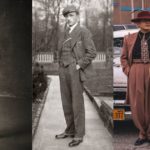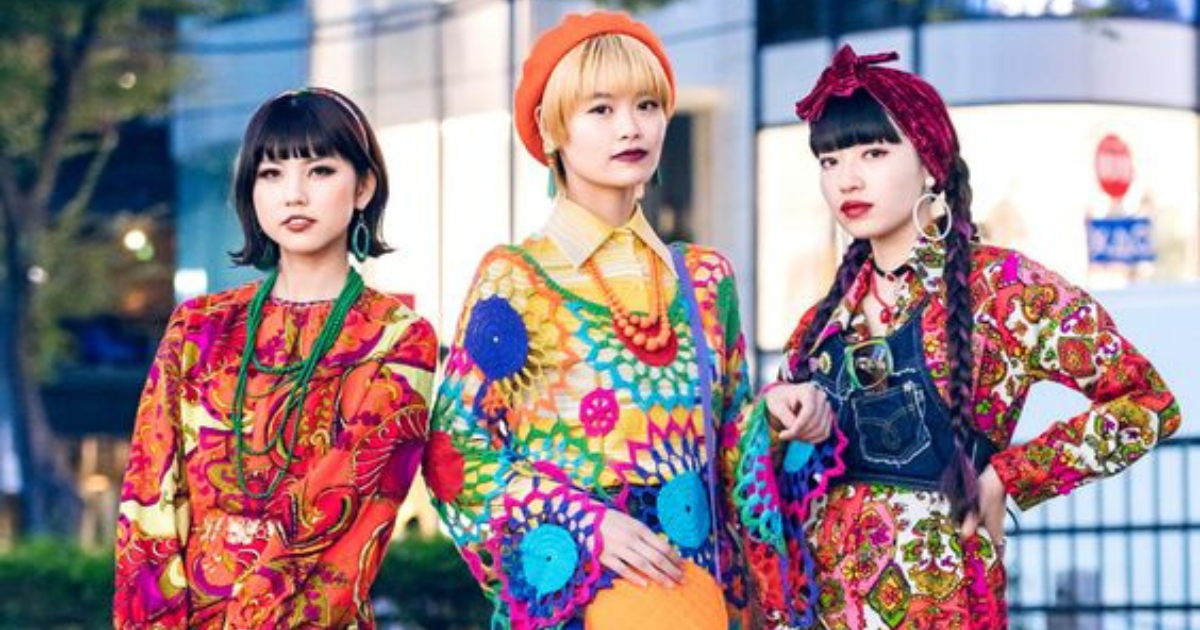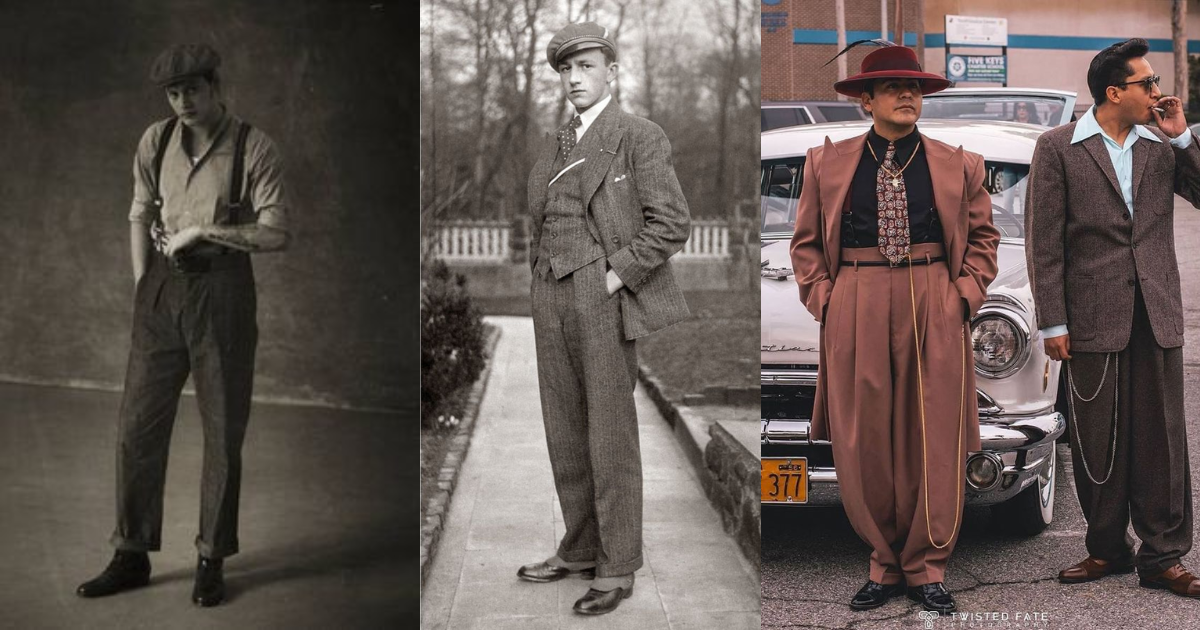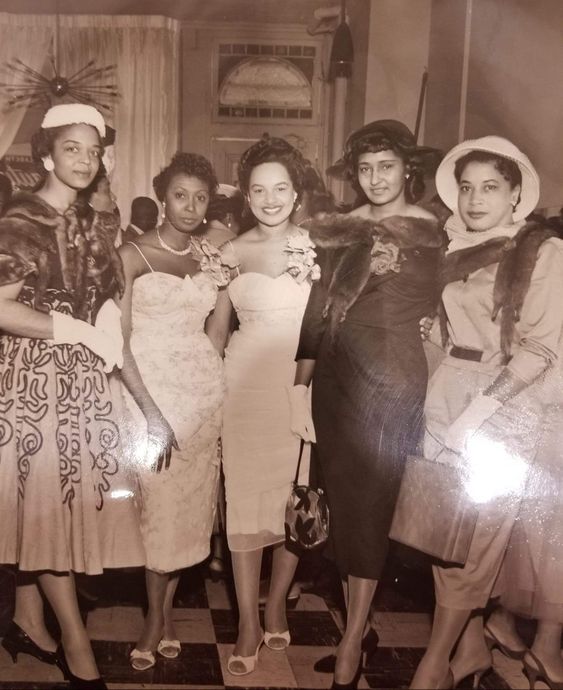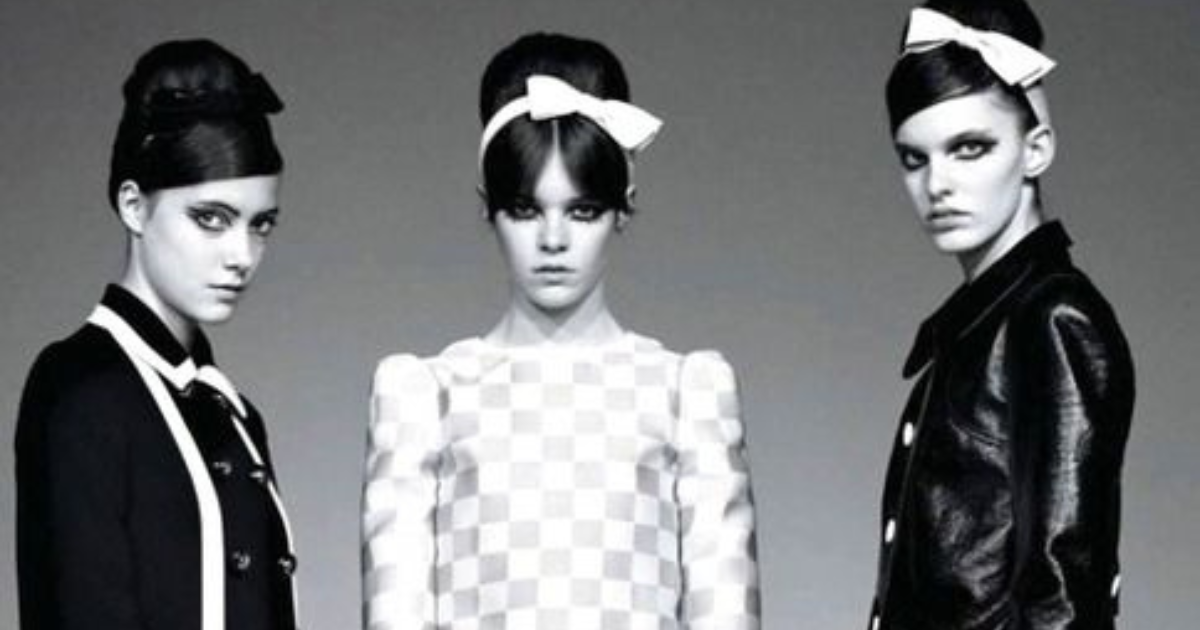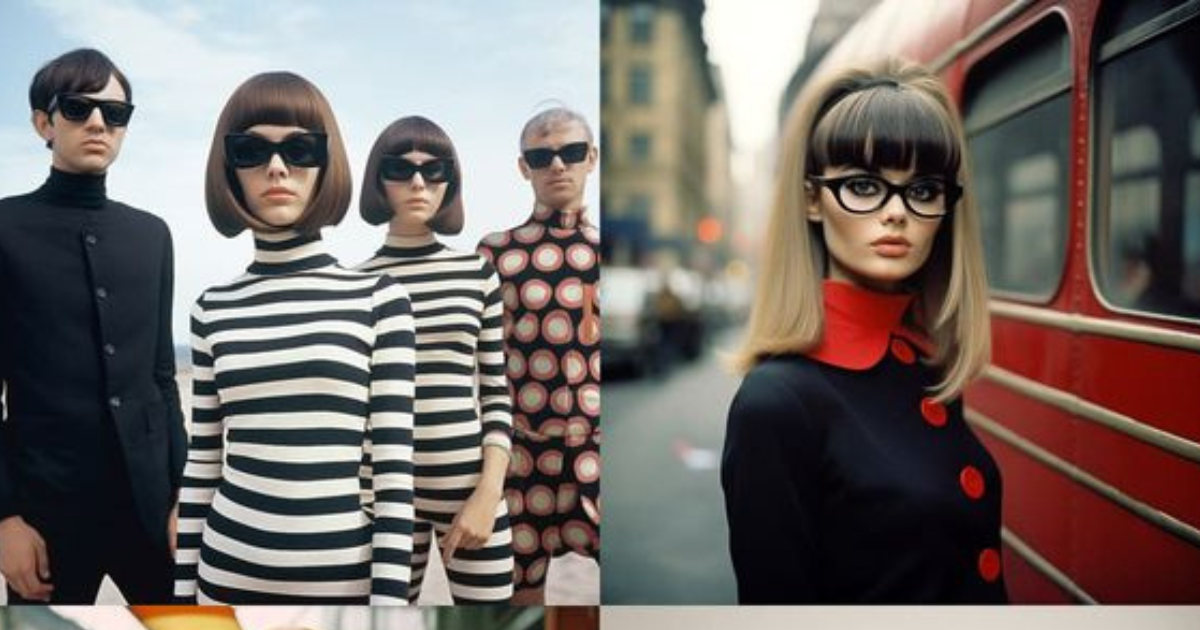Japanese women’s fashion is more than just clothing; it’s a cultural statement. It’s a fascinating world where tradition and innovation coexist, where simplicity meets complexity, and where craftsmanship is celebrated. In this blog post, we will take you on a journey through the enchanting world of Japanese women’s fashion, exploring its rich history and profound global impact.
Japanese women’s fashion has transcended borders and become a global phenomenon. It’s not just about what Japanese women wear; it’s about how their fashion choices have influenced the world. From the streets of Tokyo to the catwalks of Paris, Japanese fashion has left an indelible mark on the global fashion scene.
Historical Perspective
The journey of Japanese women’s fashion is a remarkable fusion of the old and the new. For centuries, traditional clothing like the kimono and yukata reigned supreme in Japan. The kimono, in particular, symbolises the elegance and timelessness of Japanese attire. Its intricate designs and craftsmanship are awe-inspiring.
Historical events have significantly impacted the evolution of Japanese women’s fashion. During the Edo period, strict clothing regulations were in place to maintain social order. These regulations played a crucial role in the development of kimono designs and colour choices, emphasising the wearer’s social standing.
Unique Characteristics of Japanese Women’s Fashion
Japanese women’s fashion is a captivating blend of tradition and innovation, minimalism and complexity, and an appreciation for the finest details. Let’s explore the unique characteristics that make it stand out in the world of fashion.
Minimalism and Simplicity
- Emphasises a minimalist and understated approach.
- “Less is more” philosophy is deeply ingrained in Japanese culture.
- Clean lines, neutral colours, and uncluttered designs are the hallmarks.
Embracing Androgynous Styles
- Challenges conventional gender norms.
- Androgynous styles blur the line between feminine and masculine fashion.
- Women sport tailored suits, oversized shirts, and non-traditional hairstyles.
- Encourages self-expression without gender boundaries.
Attention to Accessories
- Meticulous attention to accessories, such as handbags, shoes, and jewellery.
- Accessories carefully curated to complement the overall look.
- Creates a harmonious and elegant style.
Key Japanese Fashion Trends
Japanese women’s fashion is a dynamic and ever-evolving world that sets trends and captivates fashion enthusiasts worldwide. Let’s explore some of the key fashion trends that have emerged from the heart of Japan and resonated globally.
Kawaii (Cuteness) Culture
Kawaii, meaning “cute” in Japanese, is more than just a trend; it’s a cultural phenomenon. Kawaii fashion embraces everything sweet, charming, and endearing. Here’s what you need to know:
- Characteristics of Kawaii Fashion: Pastel colours, oversized bows, frills, and an overall childlike innocence define kawaii style. Think of adorable animal motifs and playful accessories.
- Influence Beyond Clothing: Kawaii culture extends beyond clothing. It permeates daily life, from stationary and home decor to pop culture, and has a massive impact on beauty trends, where youthful, fresh looks are highly sought after.
- Global Appeal: Kawaii culture has a global fan base, especially among young people who embrace its positivity and innocence. Brands like Hello Kitty and Sanrio have achieved international stardom.
Kimono and Yukata Revival
The traditional kimono and yukata have found a new lease on life, blending tradition with modernity:
- Modern Interpretations: Contemporary designers have reimagined the kimono, creating modern versions that are accessible and wearable for everyday life.
- Cultural Symbolism: The kimono represents Japanese heritage and culture. Wearing it is a statement of cultural pride and elegance.
- Global Influence: Celebrities and fashion influencers around the world have embraced the kimono, introducing it to international audiences.
Challenges and Criticisms
Japanese women’s fashion, as influential and creative as it is, isn’t without its challenges and criticisms. Let’s take a closer look at some of the issues that have emerged in this dynamic realm.
Cultural Appropriation Concerns
Cultural appropriation has been a recurring concern within Japanese women’s fashion and the global fashion industry at large:
- Borrowing Without Understanding: Some international designers have drawn inspiration from Japanese culture without a deep understanding of its significance, leading to the appropriation of sacred symbols and customs.
- Respect for Tradition: The key challenge here is to respect and appreciate Japanese culture without reducing it to mere fashion trends, demonstrating that cultural sensitivity and education are essential.
- Addressing the Issue: Initiatives to educate designers and consumers about cultural appropriation have been undertaken, but there’s more work to be done to foster respect and collaboration.
Balancing Tradition with Innovation
Japanese women’s fashion has always grappled with the delicate balance between honouring tradition and embracing innovation:
- Preserving Cultural Heritage: The challenge is to retain the cultural significance of traditional garments like the kimono while adapting to a rapidly changing world.
- Innovative Design: Designers must innovate and create fresh, contemporary designs that appeal to modern tastes without losing sight of the cultural roots that make Japanese fashion unique.
- Sustainability and Tradition: Some argue that the sustainability movement threatens traditional craftsmanship, as eco-friendly materials may not align with the authenticity of certain garments.
Conclusion:
In the captivating world of Japanese women’s fashion, we’ve embarked on a journey through time, exploring its historical evolution, the emergence of iconic designers, and the unique characteristics that set it apart on the global stage. We’ve delved into the delicate balance of tradition and innovation, the vibrant subcultures that drive trends, and the commitment to sustainability. Yet, it’s essential to acknowledge the challenges—cultural appropriation, the eternal dance between tradition and modernity, and the imperative for diversity and inclusivity within the industry.



